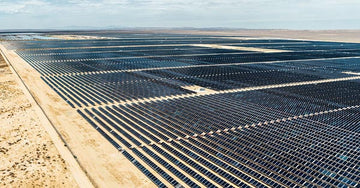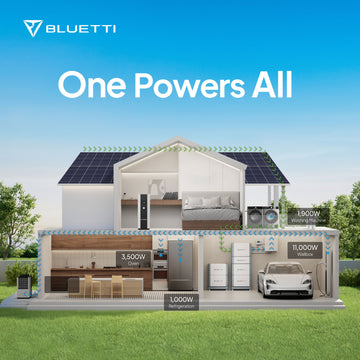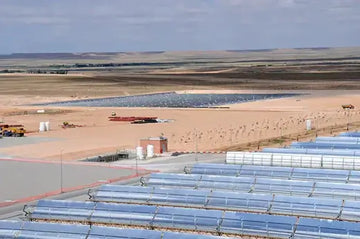Electrify America announced the commercial operation of the 75-MW Electrify America Solar Glow 1 solar project in California, from which the company will buy the clean energy generated to support its EV charging network through a 15-year virtual power purchase agreement (VPPA) with the project developer Terra-Gen.
As the largest open DC fast charging network in the US, Electrify America is investing more than $2 billion in California's Zero Emission Vehicle (ZEV) infrastructure and access. Through flexible VPPAs like this, the company can significantly offset its carbon footprint from the energy delivered within its charging network in an efficient manner. This promotes genuine zero-emission vehicle adoption, as EVs today aren't necessarily charged by clean energy.

Robert Barrosa, President and CEO of Electrify America, said that the company had made a commitment last year to power its DC charging network with 100% renewable energy. This project is deemed an important milestone in reducing the company's carbon footprint. "Electrify America is committed to being a part of the broader charging solution for EV drivers today and in the future," added Barrosa.
Statistics from Electrify America reveal that in 2022 the company finished more than 5 million charging sessions, equalling the delivery of about 173 GWh of electricity and the consumption of around 21 million gallons of gasoline.
The 75 MW peak solar capacity is comparable to the power drawn by 500 EVs charging at once at an average speed of 150 kilowatts. It is estimated that the annual production of the project will hit 225 GWh and exceed the company's network usage in 2022.
"We expect the demand on our charging network to continue to rise with the increase in EV ownership," said Jigar Shah, Director of Energy Services at Electrify America.
Today, EVs, coupled with their charging networks, form a platform to decarbonize the transport system, which has long been the major source of carbon emissions within cities.
This 'solar plus EV charging' integration shapes an effective decarbonization model for the industry and also highlights the importance of innovation in commercial tools to speed up solar deployment.





